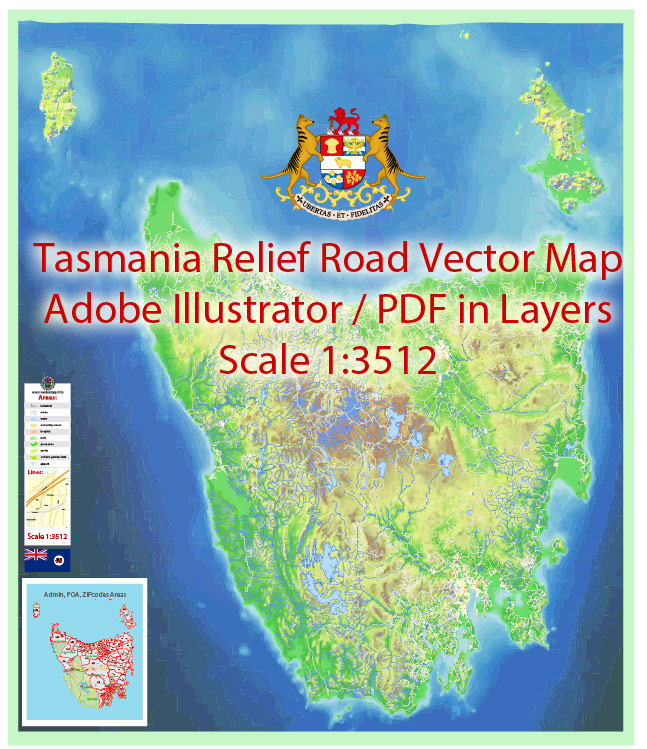
These two cases are the most common ones, but vector spaces with scalars in an arbitrary field F are also commonly considered. When the scalar field is the complex numbers, the vector space is called a complex vector space. When the scalar field is the real numbers the vector space is called a real vector space. Identity element of scalar multiplicationġ v = v, where 1 denotes the multiplicative identity in F.ĭistributivity of scalar multiplication with respect to vector additionĭistributivity of scalar multiplication with respect to field addition There exists an element 0 ∈ V, called the zero vector, such that v + 0 = v for all v ∈ V.įor every v ∈ V, there exists an element − v ∈ V, called the additive inverse of v, such that v + (− v) = 0.Ĭompatibility of scalar multiplication with field multiplication įor having a vector space, the eight following axioms must be satisfied for every u, v and w in V, and a and b in F. The second operation, called scalar multiplication,assigns to any scalar a in F and any vector v in V another vector in V, which is denoted a v.The first operation, called vector addition or simply addition assigns to any two vectors v and w in V a third vector in V which is commonly written as v + w, and called the sum of these two vectors.In this context, the elements of V are commonly called vectors, and the elements of F are called scalars. Ī vector space over a field F is a set V together with two binary operations that satisfy the eight axioms listed below. In this article, vectors are represented in boldface to distinguish them from scalars. 7.1 Normed vector spaces and inner product spaces.7 Vector spaces with additional structure.4.4 Complex numbers and other field extensions.

4.2 Second example: ordered pairs of numbers.This is also the case of topological vector spaces, which include function spaces, inner product spaces, normed spaces, Hilbert spaces and Banach spaces. This is the case of algebras, which include field extensions, polynomial rings, associative algebras and Lie algebras. Many vector spaces that are considered in mathematics are also endowed with other structures. For example, polynomial rings are countably infinite-dimensional vector spaces, and many function spaces have the cardinality of the continuum as a dimension. Infinite-dimensional vector spaces occur in many areas of mathematics. Finite-dimensional vector spaces occur naturally in geometry and related areas. Otherwise, it is infinite-dimensional, and its dimension is an infinite cardinal. A vector space is finite-dimensional if its dimension is a natural number. This means that, for two vector spaces with the same dimension, the properties that depend only on the vector-space structure are exactly the same (technically the vector spaces are isomorphic). Vector spaces are characterized by their dimension, which, roughly speaking, specifies the number of independent directions in the space. This provides a concise and synthetic way for manipulating and studying systems of linear equations. The concept of vector spaces is fundamental for linear algebra, together with the concept of matrix, which allows computing in vector spaces. Vector spaces generalize Euclidean vectors, which allow modeling of physical quantities, such as forces and velocity, that have not only a magnitude, but also a direction. The terms real vector space and complex vector space are often used to specify the nature of the scalars: real coordinate space or complex coordinate space. The operations of vector addition and scalar multiplication must satisfy certain requirements, called vector axioms. Scalars are often real numbers, but can be complex numbers or, more generally, elements of any field.

In mathematics, physics, and engineering, a vector space (also called a linear space) is a set whose elements, often called vectors, may be added together and multiplied ("scaled") by numbers called scalars.

Below, w is stretched by a factor of 2, yielding the sum v + 2 w.

Vector addition and scalar multiplication: a vector v (blue) is added to another vector w (red, upper illustration).


 0 kommentar(er)
0 kommentar(er)
